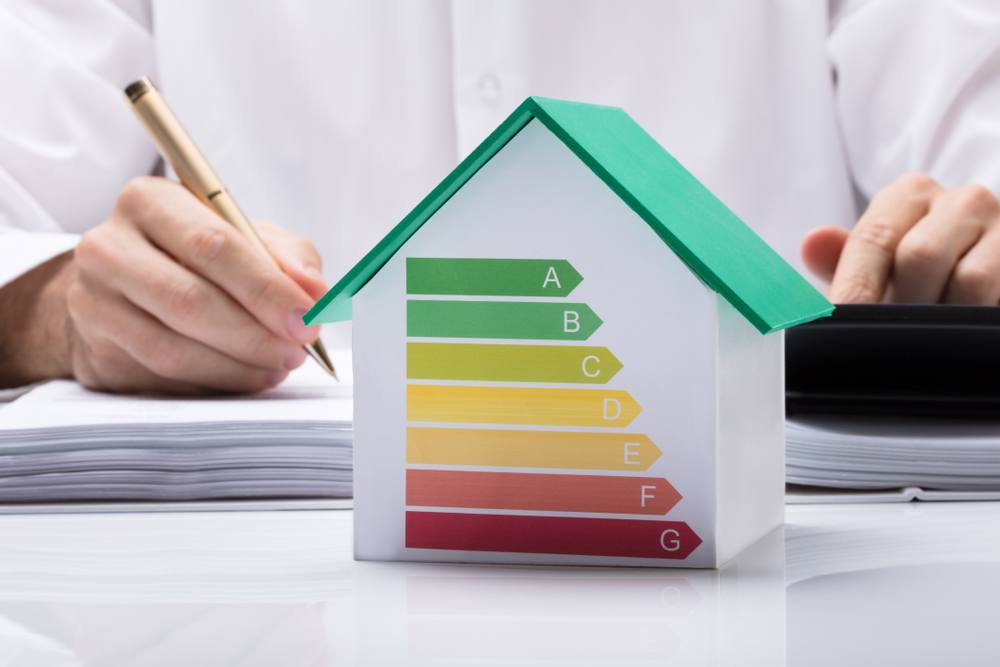How Energy Efficiency Loans Can Help Finance Your Home Remodel
You probably already know that energy efficient homes can save you money, but perhaps you’re concerned about the expense involved with making your current home cleaner and greener. Remodeling is usually a costly and involved process, requiring plenty of hard work and capital to achieve desirable results. If you want to be sure that you can afford to upgrade your home, you might consider looking for money that is specifically designated for energy efficient improvements. Prospective remodelers who decide to take an eco-friendly approach will be pleasantly surprised to discover that specific loans exist for energy efficient improvements!
There is a considerable amount of financing available for residential energy efficiency projects. Below, we’ll break down the basic types of financing available to homeowners so that you can gain a better understanding of what might be available to you.
Different Types of Financing for Energy Efficiency Projects
The following different kinds of money are available to homeowners who are interested in performing energy efficient remodels:
- Tax credits. Many people are unaware that their government may offer tax incentives for energy efficient homes. You might still have to pay quite a bit for your renovation up front, but the amount you’ll be able to write-off when doing your taxes could more than make up for it. To learn more about the current tax initiatives for energy efficient improvements, take a look at this page, which breaks down the potential savings by type and location.
- Energy efficient mortgages. Did you know that you can get a mortgage that contains credits based on your home’s energy efficiency rating? There are two specific kinds of mortgages that do this: energy efficient mortgages (EEMs) and energy improvement mortgages (EIMs). An EEM is normally used to purchase a brand new home that already demonstrates a high level of energy efficiency, whereas an EIM is used when you purchase a home to which you plan on making energy efficient changes.
- Loan programs. Both government-insured and conventional loan programs may offer options exclusively for energy efficiency projects. These loans may have more favorable terms than others, depending on the area where you live and the specific programs available there. To look up your area and see the specific loans available, reach out to your State Energy Office as soon as possible. In this regard, ikano can help you to get the proper loan.
The Importance of Conducting Energy Audits Beforehand
To prove that the home you want financing for is really energy efficient, you will need to obtain a home energy rating. This rating will prove to your lender that your home meets the required standards for the loan you are seeking. If you aren’t sure that your home will qualify, it is recommended that you perform a quick energy audit by yourself, using a cost-effective and simple-to-use tool such as Benefyd. In just five minutes, you can gain valuable information about how well your home uses energy and where you can still afford to improve.

The rewards of having an energy efficient home can be financial as well as moral, so make sure to explore your financing options carefully and use tools that will help you obtain them. If you do, you may discover that you have much more capital available to purchase or improve a home than you previously thought.


